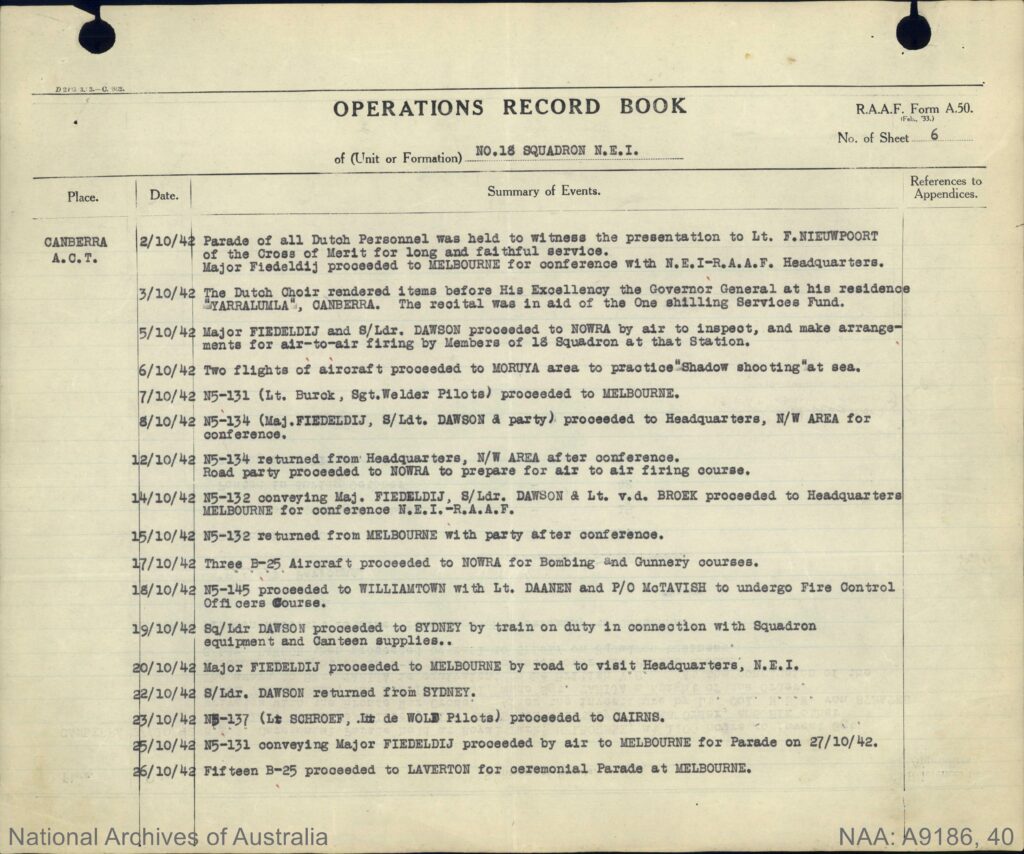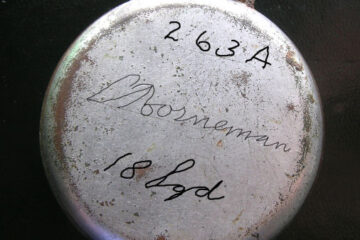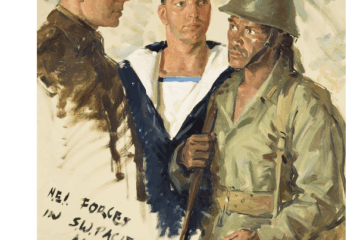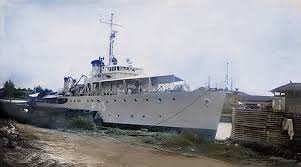When the Netherlands East Indies (NEI) collapsed under Japanese attack in early 1942, hundreds of Dutch airmen, sailors, and soldiers found themselves in Australia. Among the many military units reconstituted there was the 18 (Netherlands East Indies) Squadron of the Royal Australian Air Force (RAAF), a unique Dutch–Australian squadron flying American B‑25 Mitchell bombers. Amid the uncertainty of exile, the squadron’s members found an unusual way to maintain morale and strengthen their ties with their hosts: they formed a choir.
Formation of the choir
A bright spot during the long months of reorganisation and waiting was the creation of the 18 Squadron Dutch Choir under the direction of Sergeant Henk Borghuis. He gathered Dutch servicemen with musical experience and a shared love of national song. Their rehearsals brought together soldiers and airmen in exile, giving them a sense of connection to home.
The choir’s repertoire combined patriotic and traditional Dutch songs. It included Wilhelmus van Nassouwe (the Dutch national anthem) and Wiens Neerlands Bloed (In Whose Veins Dutch Blood Flows). Later, the choir also recorded Gelukkig is Het Land (Happy is the Land), a song that reflected hope for liberation.
Performances and public appearances
On 3 October 1942, the choir gave its first high-profile performance at Yarralumla, the official residence of the Australian Governor-General, Lord Gowrie, and his wife. This event symbolised the visibility of the exiled Dutch forces and their integration into the Allied community in Australia.
The choir sang at St Andrew’s Church in Canberra, where many squadron members regularly attended services, and it helped raise funds for the church during wartime. They also performed on Sydney’s Radio Station 2GB, bringing Dutch voices and wartime solidarity to a broader Australian audience.
The choir’s ceremonial role expanded to national events. On 27 October 1942, 18 Squadron attended a parade in Melbourne to mark the presentation of awards for the NEI Campaign. On 19 November, Lord Gowrie formally inspected the squadron in Canberra, where the choir contributed to the program.

Recordings and legacy
While in Sydney, the choir recorded its patriotic repertoire for use at official and ceremonial occasions. Recordings of Wilhelmus van Nassouwe, Wiens Neerlands Bloed, and Gelukkig is Het Land were produced on shellac records. These recordings were used at Dutch military events in Australia, and some copies survive in private and public collections today.
The existence of the choir and its public appearances served several purposes. It boosted morale among Dutch troops, reassured the Australian public of Dutch commitment to the Allied cause, and provided a cultural link between exiled Dutch communities and their homeland. In a period dominated by military hardship and the challenge of exile, the choir became a symbol of dignity, resilience, and continuity.
Cultural and historical significance
The Dutch squadron choir is a reminder that wartime history is not only about battles and operations, but also about human creativity and the will to maintain identity under pressure. Through song, the exiled NEI forces projected pride and unity to their Australian hosts and to their own community of refugees and soldiers.
Their story also highlights the breadth of Dutch wartime contributions in Australia. In addition to flying combat missions and maintaining the exiled Dutch merchant fleet, the NEI community participated in cultural and diplomatic activities that strengthened ties with the Australian government and public.
Selected sources and further reading
- Jack Ford, Allies in a Bind: Australia and the Netherlands East Indies in the Second World War
- Relevant documents at the National Archives of Australia include operational records and files relating to personnel.


